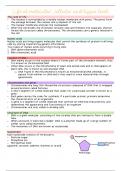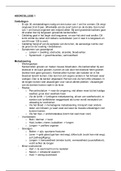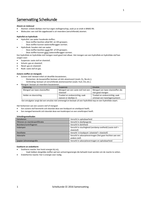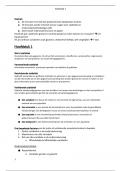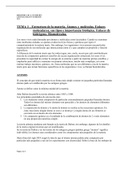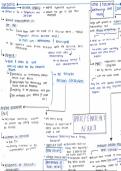Summary
Summary Genetics IEB
- Course
- Life Sciences
- Institution
- 12th Grade
This document provides a concise overview of genetics, including DNA structure, protein synthesis, inheritance patterns, and genetic engineering. It highlights key concepts and modern applications with a focus on ethical issues. Ideal for a quick yet comprehensive understanding of genetics.
[Show more]
